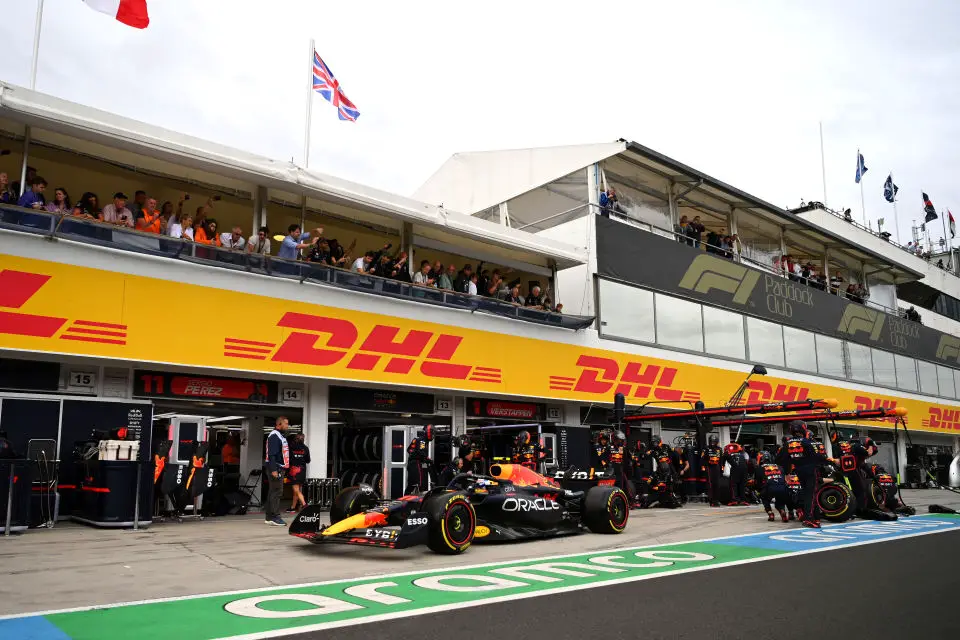F1’s Vision for 2026 and Beyond: Exploring Hydrogen and Sustainable Fuels in Racing
The future of Formula 1 post-2026 could be powered by hydrogen, as revealed by FIA’s head of single-seaters, Nikolas Tombazis. This move, aligning with environmental sustainability, reflects the sport’s commitment to innovation and relevance to road car technology.
Key Takeaways:
- FIA’s Focus on Sustainability: As Formula 1 gears up for the 2026 regulation changes, the FIA is heavily focusing on sustainable fuel options, including hydrogen power, e-fuels, and electric power. This decision aligns with the automotive industry’s shift towards more eco-friendly solutions.
- Hydrogen Power in the Spotlight: Nikolas Tombazis highlighted the potential of hydrogen power in F1’s future, emphasizing its significance in the broader context of road car technology and environmental sustainability. This consideration is part of the FIA’s strategy to remain relevant and innovative in the automotive industry.
- Broader Environmental Responsibility: Beyond just the cars, Tombazis underscored the need to address the entire carbon footprint of Formula 1, which involves logistics, materials, and event organization. This approach is critical for F1’s goal of achieving carbon neutrality by 2030.

In the wake of impending regulatory changes in 2026, Formula 1 stands at a crossroads, with the possibility of integrating hydrogen-powered engines into its core. Nikolas Tombazis, the FIA’s head of single-seaters, has shed light on the various sustainable fuel options under consideration for the sport’s future. This focus on environmental sustainability is not just a nod to global ecological concerns but also a strategic alignment with the evolving landscape of road car technology.
The 2026 regulation changes mark a significant shift in F1’s approach to power units. The sport is set to adopt a 50/50 ratio of internal combustion and electric power, a move that underscores its commitment to reducing its environmental impact while staying at the forefront of automotive technology. This decision is crucial for maintaining the sport’s relevance and appeal to Original Equipment Manufacturers (OEMs), who are increasingly focused on sustainable solutions.
Tombazis’s insights reveal a deep consideration of the long-term future of Formula 1. He states, “The step for 2026 is defined, but what we do in the next step afterwards is still up for discussion. There are a lot of options still on the table; whether it is more sustainable efuels, whether it is hydrogen – in which we have quite a lot of work happening in the FIA – or whether it is more electrical.” This openness to diverse options highlights the FIA’s commitment to innovation and adaptation in a rapidly changing automotive landscape.
However, Tombazis also emphasizes that the sport’s responsibilities extend far beyond the cars themselves. He points out that cars contribute less than 2% to the sport’s overall carbon emissions. This realization brings to the fore the importance of addressing the broader aspects of Formula 1, including logistics, materials, component numbers, and event calendars.
As Formula 1 continues to evolve, it’s clear that the sport is not only racing towards faster lap times but also driving towards a more sustainable and technologically advanced future. This journey will require careful consideration of various factors, from environmental impact to technological relevance, ensuring that the sport remains a pinnacle of both racing and automotive innovation for years to come.